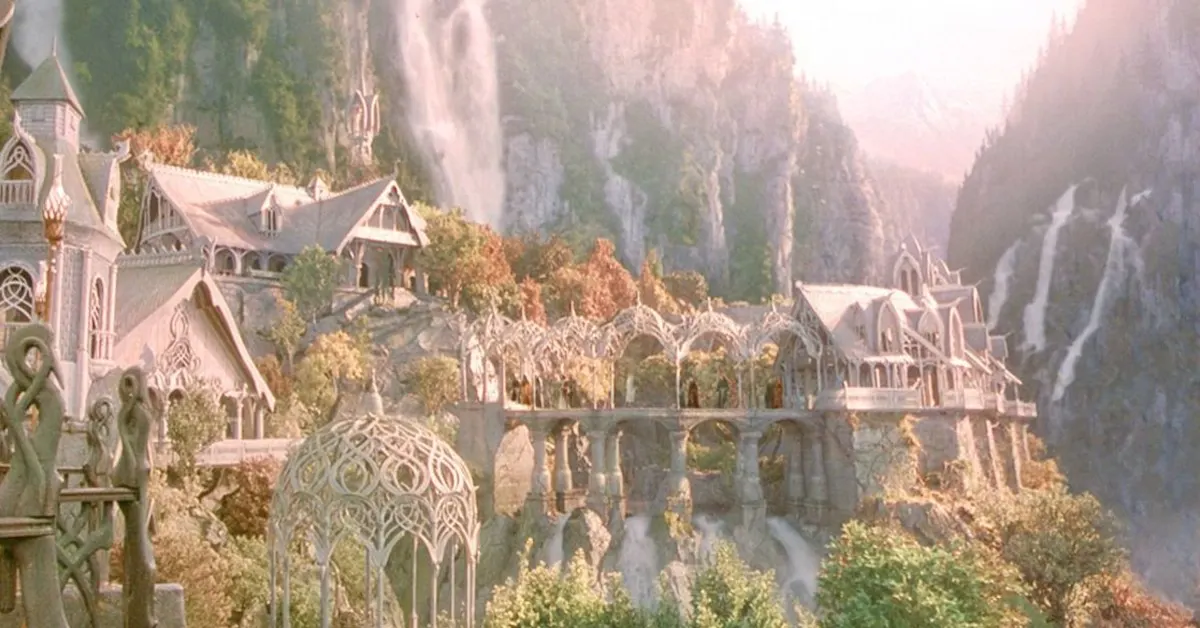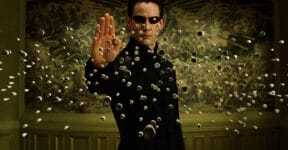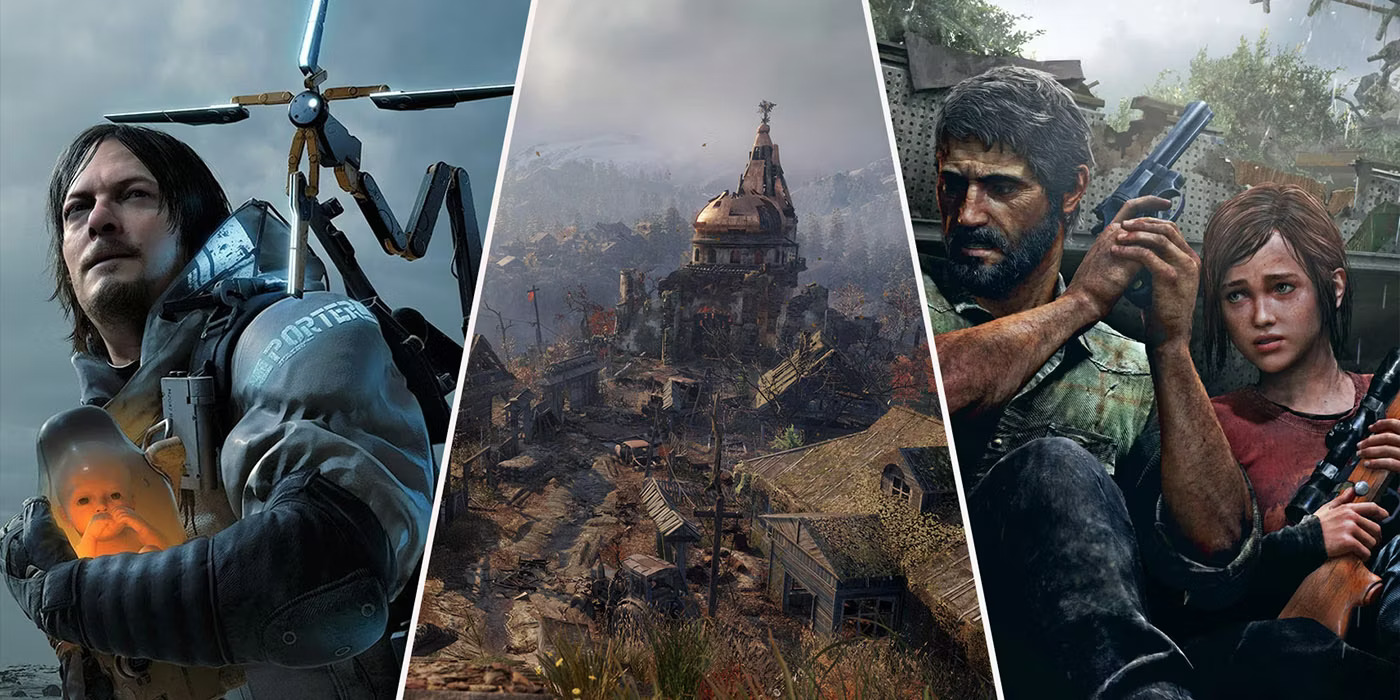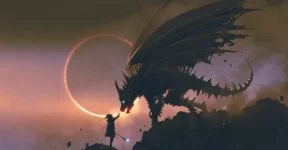Like the genre itself, science fiction fantasy worldbuilding blends scientific concepts with fantastical elements. You’re crafting an environment—a galaxy teeming with magical planets, a robot-inhabited world shaped like mythical creatures, a frozen tundra populated by genetically modified animals, or anything else you can imagine—to support your narrative and characters.

While imagination is key, consider these points to ensure your world is more than a backdrop, becoming an integral part of the narrative.
Get the Concept Right
Start with a strong, well-defined idea. What distinguishes your world? Is it powered by ancient magic fueling advanced civilizations? Ruled by a powerful wizard or a sentient sun? Divided between technology worshippers and devotees of alien gods? Does innovation clash with tradition, or do they coexist harmoniously? Where do conflicts originate? Answering these foundational questions early on prevents disruptive revisions as your story progresses.
Have Limitations
While science fiction fantasy offers endless possibilities, limitations and consistency are crucial. If magic fuels your world, explain its mechanics and how it sustains life. Avoid granting magic limitless power, as this eliminates conflict and makes for a less compelling story. Similarly, even magically powered technology should have a cost. Limitations and negative consequences—fear of overreliance on technology, resource depletion, political power struggles amidst planetary instability—drive conflict and create narrative tension.
How Societies Work
Introduce political dynamics and power struggles to create realistic societal tension. In many fantasy narratives, politics plays a central role. Corrupt emperors and kings may face rebellions. Does advanced technology come at the cost of unchecked capitalism? Does a magic wielder control everything? Consider the interplay of species, social class, and race to add depth and complexity to your world and characters.
Include Real-World Elements
Ground your fantastical world in relatable elements. If your story spans a galaxy, let planets orbit a sun like our solar system. If your world is inhabited by humans and aliens, incorporate familiar geographical features: dense forests, vast oceans, mountains, deserts, and frozen continents. These elements add a touch of realism to your imaginary world. Mix and match details—underground desert tunnels, bridges over impassable jungles, thriving mountain communities—to create a unique yet believable environment. Even when drawing inspiration from real-world elements, your own creative spin adds authenticity.
A Balance Between Narrative and Detail
Avoid overwhelming readers with lengthy expositions of your world. Gradually reveal details as the story unfolds. Return to locations multiple times, exploring new aspects as needed. Focus on details that enhance the narrative and are relevant to the current plot point. For example, if a character travels through a former battleground, focus on the remnants of conflict and their impact on the surrounding environment, rather than exhaustively describing every geographical detail.
Delegate worldbuilding to your characters. Let their interactions and experiences reveal the world. A character camping near a community known for its dangerous technology might share stories about local customs or the dangers unsuspecting visitors face. This organic approach feels more natural than an info dump.
Science fiction fantasy offers vast opportunities for intricate worldbuilding. Create mesmerizing or frightening backdrops that enrich character development and propel the narrative without overshadowing the story itself. Every detail should serve a clear purpose.
Can worldbuilding be too expansive in fiction? Can video game worlds inspire written narratives? We’d love to hear your thoughts.
Other Things You Might Want to Know
What sci-fi fantasy novels feature some of the best worldbuilding?
- The Broken Earth Trilogy by N.K. Jemisin
- The Dragonriders of Pern by Anne McCaffrey
- Hyperion Cantos by Dan Simmons
- Mistborn by Brandon Sanderson
- The Culture Series by Iain M. Banks
- A Master of Djinn by P. Djèlí Clark
- Gideon the Ninth by Tamsyn Muir
What about sci-fi fantasy novels with simpler worldbuilding?
- A Wrinkle in Time by Madeleine L’Engle
- The Paper Magician by Charlie N. Holmberg
- The Martian Chronicles by Ray Bradbury
- The Long Way to a Small, Angry Planet by Becky Chambers
- The Space Between Worlds by Micaiah Johnson
- Everfair by Nisi Shawl
- All Systems Red (The Murderbot Diaries) by Martha Wells
- An Absolutely Remarkable Thing by Hank Green
- His Majesty’s Dragon by Naomi Novik
- The Priory of the Orange Tree by Samantha Shannon
Not every science fiction fantasy novel requires complex worldbuilding. These novels prioritize character development, accessible plots, and straightforward themes, demonstrating that engaging stories can thrive in simpler settings.
Recommended books on worldbuilding:
- The Art of Language Invention by David J. Peterson
- The World of Ice & Fire by George R.R. Martin, Elio M. García Jr., and Linda Antonsson
- 30 Days of Worldbuilding by A. Trevena
- World-Building by Stephen Gillett
- The Heretic’s Guide to Homecoming by Sienna Tristen

